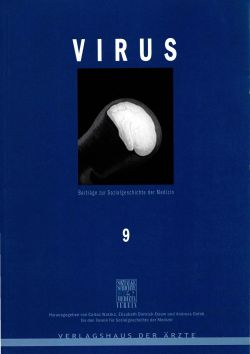
VIRUS Band 9, pp. 085-095, 2020/08/04

Against the background of the post-war era of the 1950s, which was shaped by highlyantagonistic views (“Cold War”, “East-West conflict”), the cited medical instructionalfilms communicated technologies of power which influenced individuals’ behaviour andtried to turn the subject into an object. On the other hand, the films established technologiesof self which, as a part of medical care, should enable individuals to autonomouslycontrol their bodies, thoughts and lifestyles. Animated maps of cerebral structuresand functions, which were used in instructional films, finally created a new culture ofperception. Cinematic narratives, together with cinematic techniques, forged audiovisualspaces of knowledge which corresponded with historically and culturally establishedstereotypes of conventional brain metaphors that came from various sources of knowledgeand cultures of remembrance. Therefore, instructional films not only served asdidactic media of medical education, but also provided numerous connections to discoursesof historical Cold War Culture. Thus, they can be interpreted as a relevant partof the historical culture of memory and of the political imaginary.
Keywords: Cold War Science, Brain-Washing, Biopolitics, Immune System, Metaphors of Invasion, Instructional Films